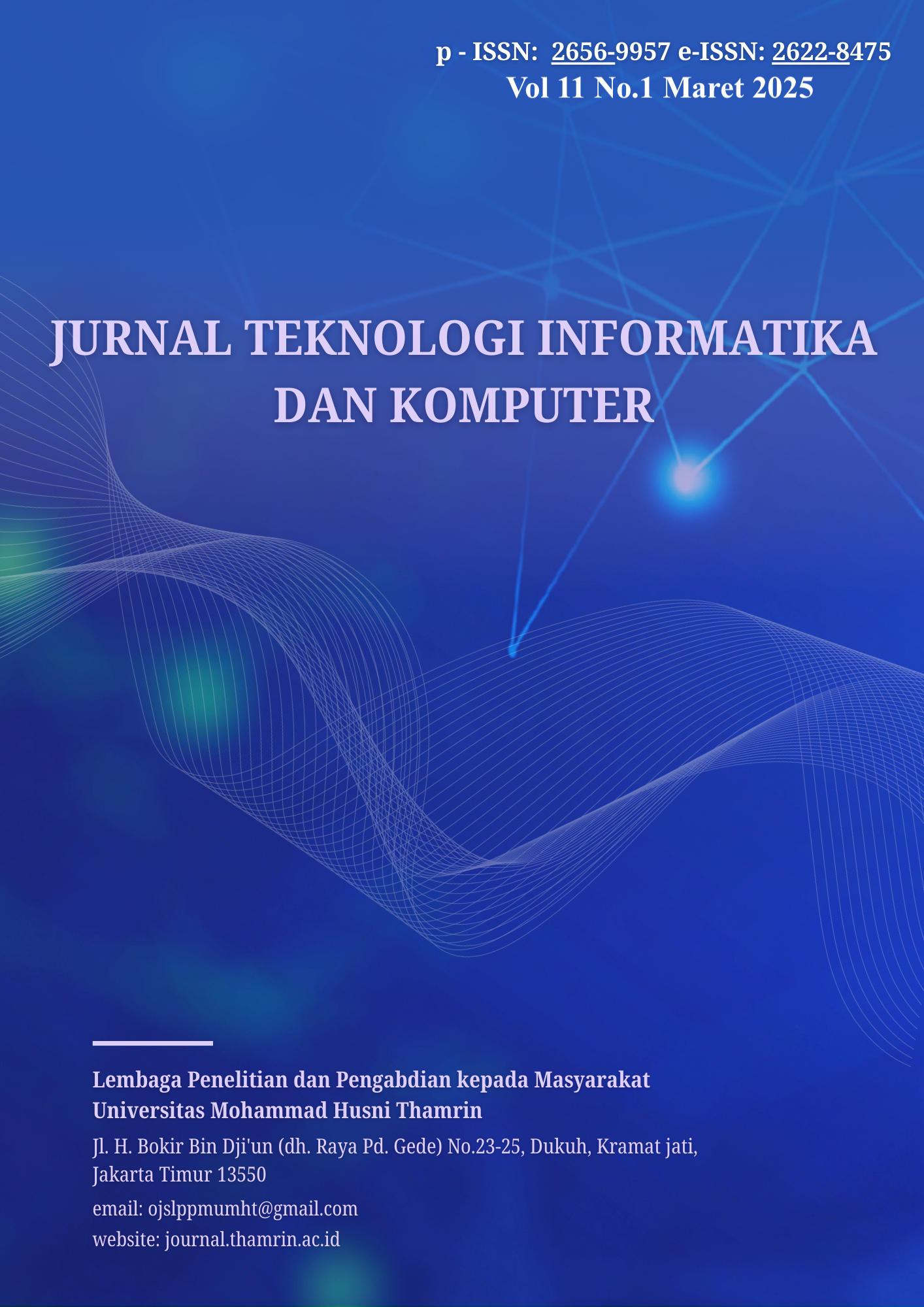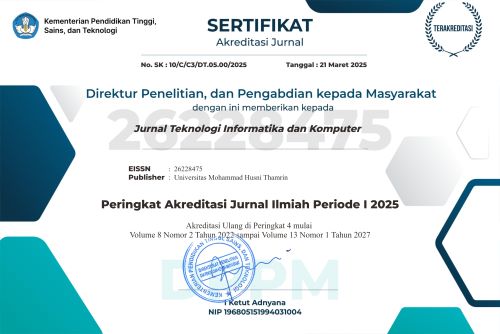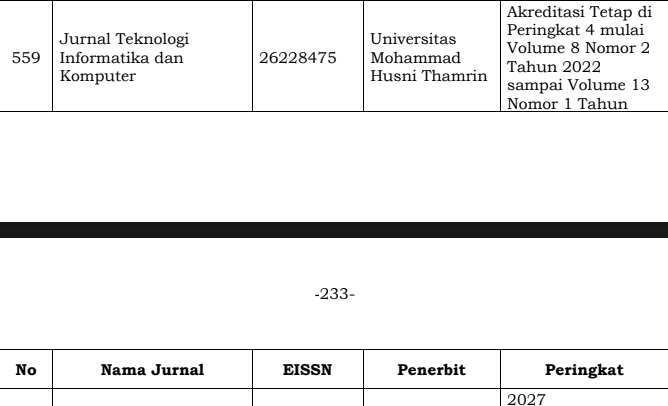Use of GIS Technology for Distribution of City Forests and Green Open Spaces
DOI:
https://doi.org/10.37012/jtik.v11i1.2490Abstract
Metro City, as one of the urban areas in Indonesia, faces big challenges in managing and maintaining the balance of the urban ecosystem. Green Open Space (RTH) and City Forests have a strategic role in supporting ecosystem sustainability through ecological, aesthetic and social functions. Increasingly rapid urbanization often causes a decline in the quality of the environment, one of which is a reduction in green areas. Therefore, optimal planning and management of green open space is very necessary to support sustainable urban spatial planning. Providing green open space of at least 30% of the area of a city is mandated in government regulations as a form of mitigating the impact of urbanization. City Forests and Green Open Space (RTH) have a vital role in maintaining the balance of urban ecosystems, however the distribution of RTH in Metro Cities has not been well documented. This research aims to map the distribution of green open space and urban forests using Geographic Information System (GIS) technology to increase the effectiveness of green area management. The methods used include collecting spatial and non-spatial data from related agencies, data processing using Quantum GIS (QGIS) software, and thematic analysis of green open space distribution. The research results show that GIS is effective in visualizing green open space distribution patterns in Metro Cities, so that it can support the government in sustainable spatial planning. This research recommends optimizing the use of GIS for routine monitoring of RTH, accompanied by training for related parties to improve spatial data management capabilities.
Downloads
Published
Issue
Section
Citation Check
License
Copyright (c) 2025 Nur Zailani, Budi Sutomo

This work is licensed under a Creative Commons Attribution 4.0 International License.
Jurnal Teknologi Informatika dan Komputer allows readers to read, download, copy, distribute, print, search, or link to the full texts of its articles and allow readers to use them for any other lawful purpose. The journal allows the author(s) to hold the copyright without restrictions. Finally, the journal allows the author(s) to retain publishing rights without restrictions Authors are allowed to archive their submitted article in an open access repository Authors are allowed to archive the final published article in an open access repository with an acknowledgment of its initial publication in this journal.

Jurnal Teknlogi Informatika dan Komputer is licensed under a Creative Commons Attribution 4.0 International License.












